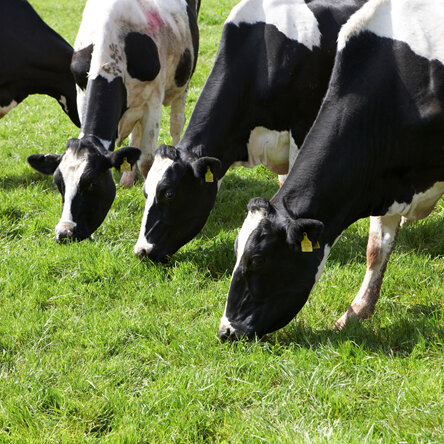Franklin Vets
Franklin Vets - excellence in veterinary care for dairy, farming, lifestyle, equine and household pets. BESTPRACTICE ACCREDITED NZ.
Your account is powered by Storbie. To edit your profile visit my.storbie.com
Your account is powered by Storbie. To edit your profile visit my.storbie.com

Testing should be done at various times of the year depending on which mineral you wish to check and the stage of lactation/pregnancy of the animals.
Many minerals can be analysed satisfactorily via a simple blood test such as Selenium and Vitamin B12. However, copper can be a bit trickier, while there should always be a small amount of copper circulating in the blood the vast majority of the body's copper is stored in the liver and slowly released into the blood. If a blood test shows low copper, this is a true result as the liver is ‘empty’ and significant production is being lost. However, if blood levels are normal this tells us nothing about the liver copper levels which can be low, normal or high. We need to know liver levels to get supplementation levels correct through peak production, dry period, mating etc. Liver samples can be obtained from cull cows at the works, however before doing this ask yourself if these cows are representative of the whole herd, are they empty for a reason, are they old, etc. etc. Also, there have been occasions where mix-ups occur at the works. One example that I saw was a client sent cull Friesian cows, but the lab report was for Hereford steers! For these reasons, we strongly recommend checking copper levels via a liver biopsy on farm. This way we can ensure a representative sample is selected, matching the age profile of the herd.
Have a chat with your FVS vet today about instituting a tailored mineral testing program for your herd.
Dr Brent Neal BVSc MANZCVS Veterinary Pharmacology
Franklin Vets - excellence in veterinary care for dairy, farming, lifestyle, equine and household pets. BESTPRACTICE ACCREDITED NZ.



